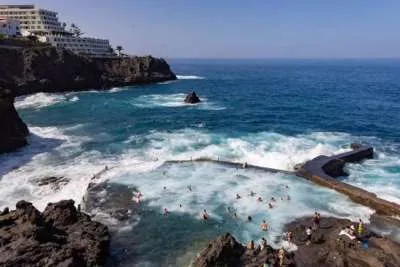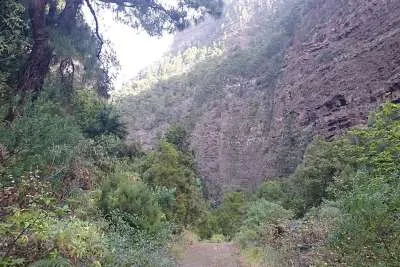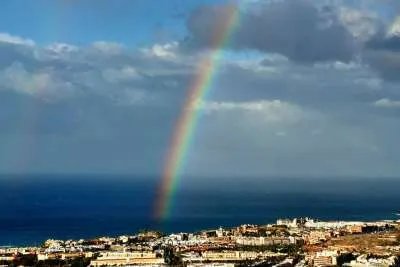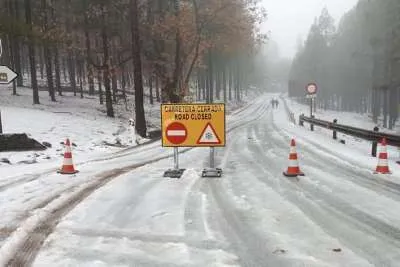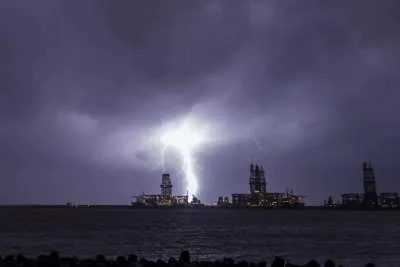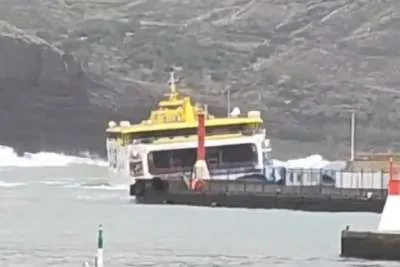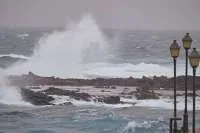9,757 deaths recorded in 2024 of people crossing to the Canary Islands in small boats
- 27-12-2024
- National
- Canarian Weekly
- Photo Credit: Stock Image
In a grim record for the year 2024, a total of 9,757 people have lost their lives attempting to reach the Canary Islands in small boats, equating to an average of 28 deaths per day.
The data, published by the NGO Caminando Fronteras in its annual report Right to Life Monitoring, marks a 62.4% increase in fatalities compared to the previous year, 2023, which saw 6,007 deaths.
These figures make the Atlantic migration route to the Canaries the deadliest in the world.
Increasing Risks and Fatalities
The report reveals that nearly 90% of all migrant deaths in Spain occurred along the Atlantic route to the Canaries, with the remainder divided between the Algerian route to the Balearic Islands, the Strait of Gibraltar, and the Alboran Sea.
Migrants departing from the Mauritanian coast accounted for the highest number of deaths, with 6,829 fatalities. Another 2,197 people died after embarking from Senegal and Gambia, and 801 from the area between Agadir, Morocco, and Dakhla in Western Sahara.
Among the victims were 1,538 children and 421 women, many fleeing violence, forced marriage, or genital mutilation. April and May proved to be the deadliest months, with almost 23% of fatalities recorded during this period.
Record Migration Numbers
Despite the staggering death toll, 2024 also set a new record for irregular arrivals in Spain, with 57,738 migrants reaching its shores, including 43,737 arriving in the Canary Islands. This surpasses the previous high of 37,498 in 2018.
Systemic Failures in Search and Rescue
The report highlights systemic failures in search-and-rescue operations, citing "direct inaction" by rescue services in 69% of the 217 tragedies it analyzed. Helena Maleno, coordinator of the investigation, described the situation as a “deep failure of rescue and protection systems,” calling for urgent measures to prioritise life-saving efforts and justice for victims and their families.
A total of 131 boats disappeared completely with all their passengers during the year. The report also noted that the actual number of deaths may be higher than recorded, due to gaps in data collection.
Climate Change and Conflict as Key Drivers
The NGO points to the increasing role of climate change in forcing migration, particularly in regions such as northern and eastern Mali, where desertification and resource conflicts have intensified.
Armed conflict in Mali has also led to widespread fears of forced recruitment and violence, pushing families to send their children on dangerous journeys as a form of protection.
Women and Children: A Growing Concern
The Atlantic route has increasingly become known as the "route of childhood," with a significant rise in the number of children attempting the journey in 2024.
Many girls and young women from Guinea, Ivory Coast, and Senegal seek to escape gender-based violence and oppressive practices, further underscoring the intersection of human rights abuses and forced migration.
A Crisis of Global Proportions
The Caminando Fronteras report sheds light on the escalating humanitarian crisis in the Atlantic, where increasing controls on West African coasts have driven migrants to undertake longer and more perilous routes.
The Canaries have emerged as the focal point of this crisis, underlining the urgent need for coordinated international action to protect lives and address the root causes of migration.

Other articles that may interest you...
Trending
Most Read Articles
Featured Videos
A Vision of Elvis Tenerife Promo
- 10-05-2025
TEAs 2025 Highlights
- 17-11-2025










